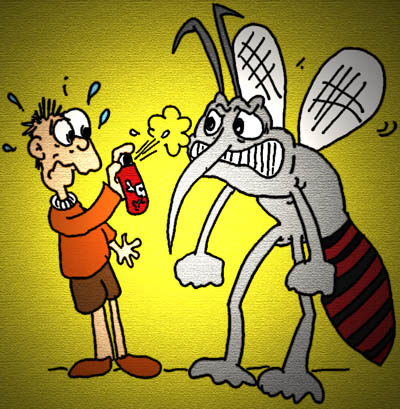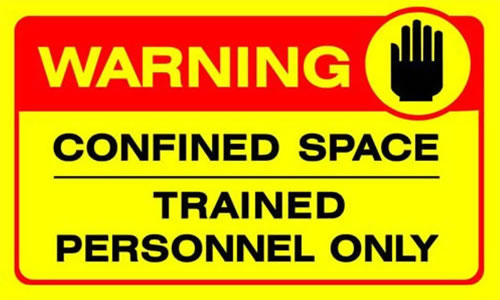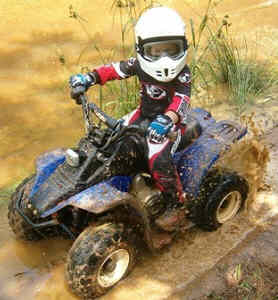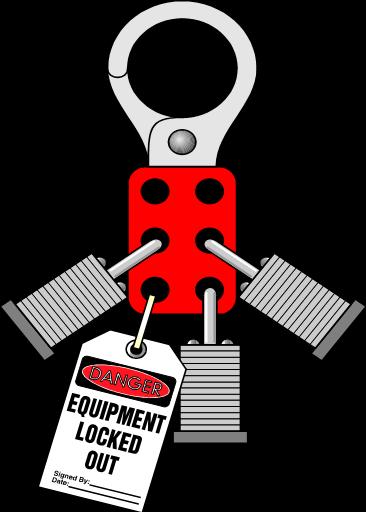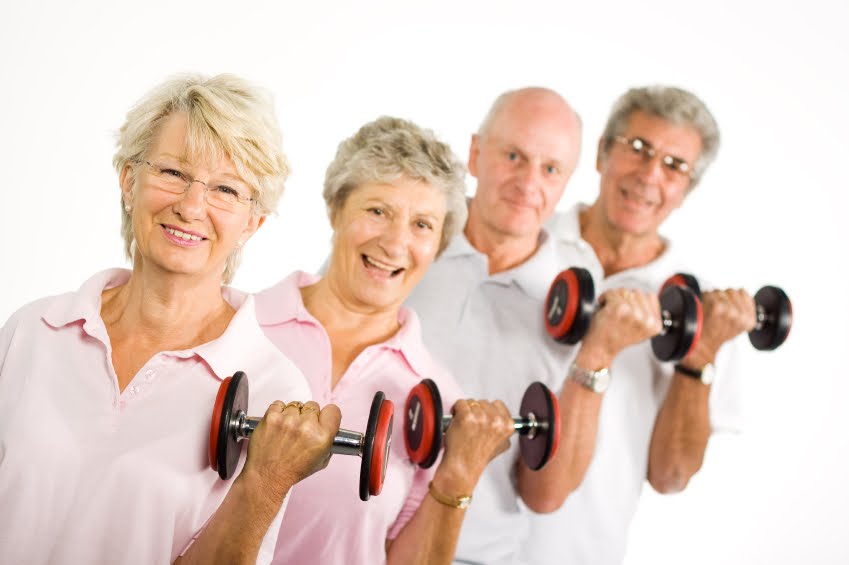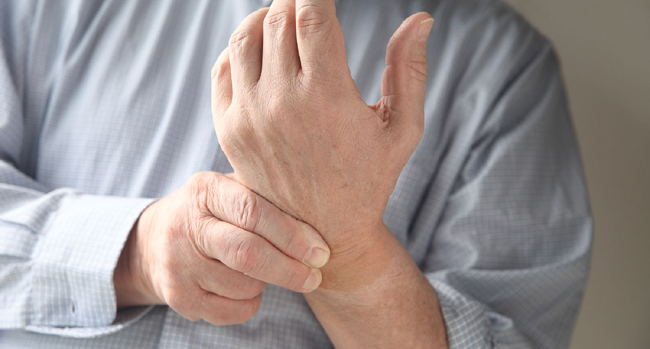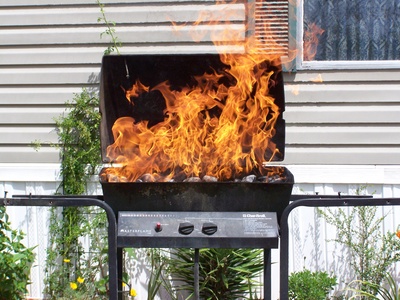 Employee Assistance Programs (EAPs) serve organizations and their employees in multiple ways, ranging from consultation at the strategic level about issues with organization-wide implications to individual assistance to employees and family members experiencing personal difficulties. As workplace programs, the structure and operation of each EAP varies with the structure, functioning, and needs of the organization(s) it serves.
Employee Assistance Programs (EAPs) serve organizations and their employees in multiple ways, ranging from consultation at the strategic level about issues with organization-wide implications to individual assistance to employees and family members experiencing personal difficulties. As workplace programs, the structure and operation of each EAP varies with the structure, functioning, and needs of the organization(s) it serves.
In general, an EAP is a set of professional services specifically designed to improve and/or maintain the productivity and healthy functioning of the workplace and to address a work organization’s particular business needs through the application of specialized knowledge and expertise about human behavior and mental health.
via EA FAQs – Employee Assistance Professionals Association, Inc..

